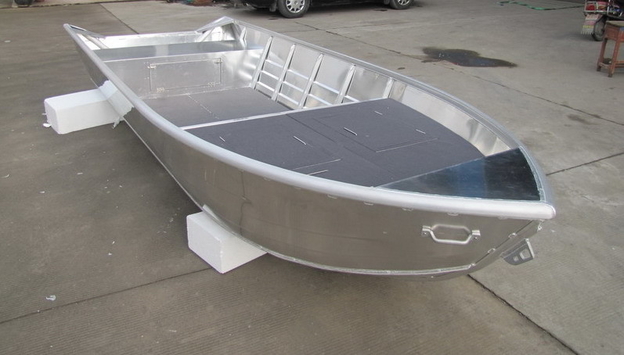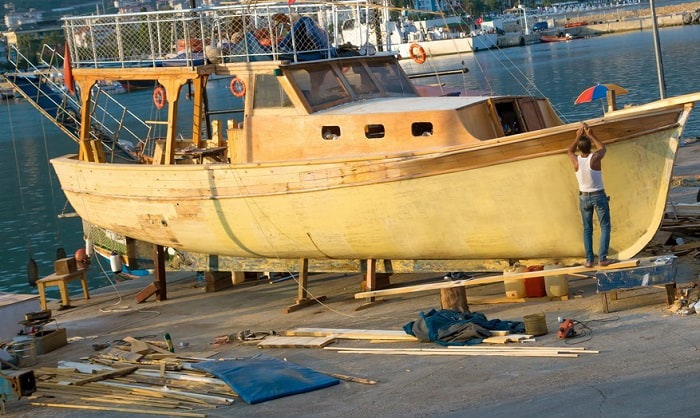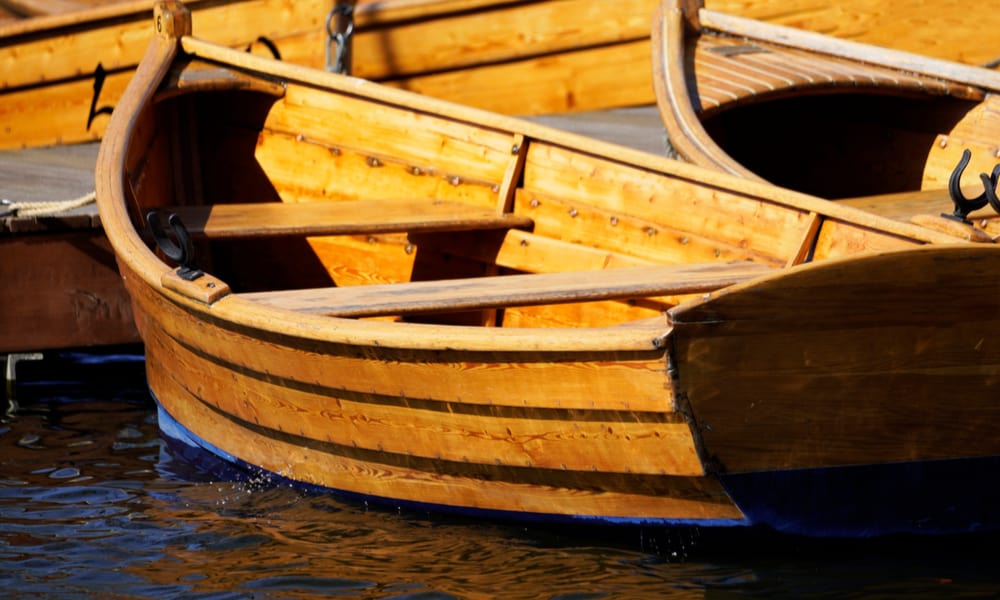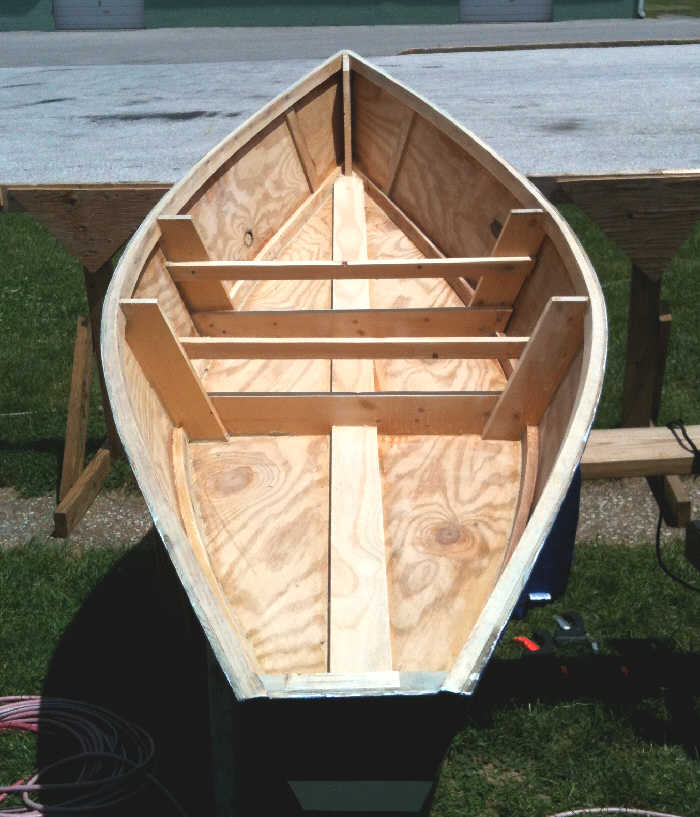
Beyond the Blueprint: Unveiling Hidden Potential in Detailed Aluminum Boat Plans
Building a boat is a monumental task, a blend of artistry and engineering. While countless resources detail the *how* of aluminum boat construction, we often overlook the *why* and the *what if*. This review dives beyond the surface of detailed aluminum boat plans, exploring less-discussed aspects crucial for a truly smooth sailing experience.
The Unsung Hero: Material Selection Beyond 5052 & 6061
Most plans default to 5052 and 6061 aluminum alloys. But what about the others? Is there a niche alloy better suited for a specific design or application?
Q: Are there less common aluminum alloys offering superior properties for specific boat types?
A: Absolutely! While 5052 (excellent corrosion resistance) and 6061 (high strength) are workhorses, exploring alloys like 5083 (even better corrosion resistance, useful for saltwater applications) or 7075 (exceptional strength, ideal for high-performance boats, albeit more challenging to weld) can open new possibilities. The key is aligning the alloy's properties with your boat's intended use and operational environment. Consulting a materials engineer for alloy selection can be a game-changer.
Beyond the Hull: Optimizing for Unsung Factors
Detailed plans cover the hull, but what about the often-overlooked aspects influencing the final product's performance and longevity?
Q: How can I minimize internal corrosion and maximize the lifespan of my aluminum boat?
A: Internal corrosion is a silent killer. While proper sealing is essential, proactive measures like using corrosion inhibitors in the bilge and implementing a sacrificial anode system (especially vital for saltwater boats) are often overlooked but incredibly effective. Think of it as preventative maintenance on a grand scale â€" far cheaper and more efficient than dealing with significant damage later. Consider researching different anode materials for optimal performance in your specific environment.
Q: What are some innovative ways to improve the boat's stability beyond basic design principles?
A: Many plans focus solely on the hull's shape. However, integrating elements like internal ballast tanks (allowing for adjustable weight distribution) or strategically placed internal bracing can significantly enhance stability without adding excessive weight. This is especially important for smaller boats or those designed for rougher waters.
The Human Factor: Ergonomics and Accessibility in Design
Many plans neglect the crucial aspect of user experience. Let's change that.
Q: How can I incorporate ergonomic design principles into my aluminum boat build, improving ease of use and safety?
A: Don't just focus on the aesthetics. Consider the user's reach, posture, and potential fatigue. Optimizing seating positions, ensuring easy access to controls and storage, and integrating safety features like handrails are critical. Before you even start cutting aluminum, create mock-ups or scale models to test ergonomics and fine-tune your design for maximum user comfort and safety.
Real-World Success (and Failure): Lessons Learned
Let's learn from those who've gone before. A recent online forum discussed a builder who used inferior rivets, leading to leaks. This emphasizes the importance of using high-quality materials and following detailed instructions meticulously. Conversely, another builder creatively integrated reclaimed aluminum components, reducing costs and adding a unique aesthetic touch. This illustrates the potential for innovation and sustainability within the project.
Building an aluminum boat from detailed plans is a rewarding journey. But remember, the plans are just a starting point. By critically analyzing the design, exploring alternative materials and methods, and incorporating user-centric considerations, you can build a boat that surpasses expectations and provides years of smooth sailing. The key is to go beyond simply following instructions; engage with the process, and make it your own.























